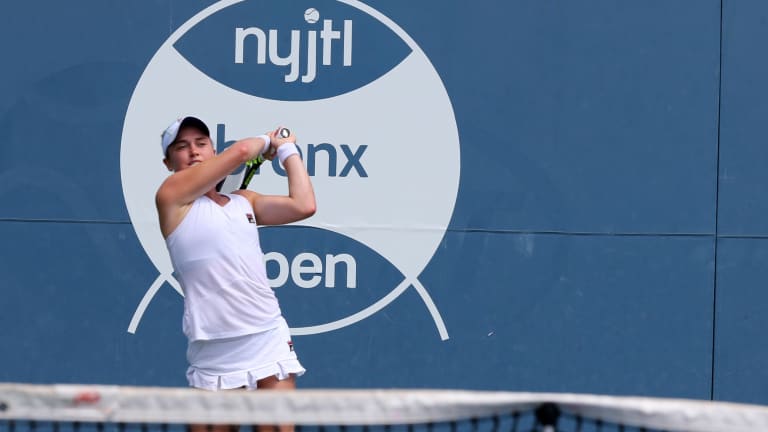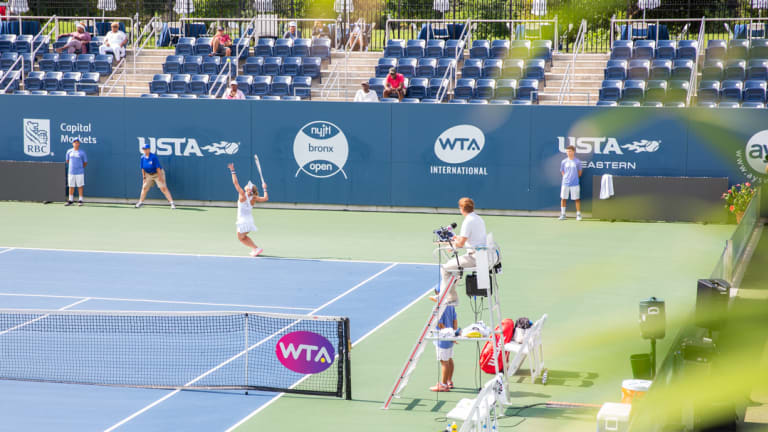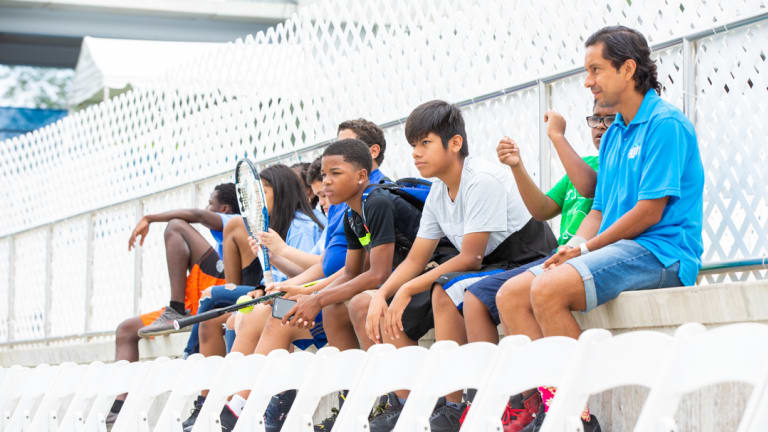Bronx Bombers: How the WTA found its way to the Yankees' borough
By Aug 18, 2019Tennis.com Interview
Czeching Out: Barbora Strycova bows out of tennis with epic exit interview
By Dec 17, 2023Social
Baby Boom: Jack Sock reveals first child, Barbora Strycova announces second pregnancy
By Nov 22, 2023Tennis.com Interview
The Last Dance: Barbora Strycova savors every moment of US Open farewell
By Sep 03, 2023Social
Barbora Strycova shouts out “two champs,” Marketa Vondrousova and son Vincent at final US Open
By Aug 31, 2023Facts & Stats
Azarenka, Svitolina, Wozniacki among 10 moms in the US Open main draw this year
By Aug 28, 2023Social
Barbora Strycova gets emotional home-soil send off in Prague
By Aug 02, 2023WTA Prague, Czech Republic
Kateryna Baindl, Jaqueline Cristian set up quarterfinal match in rainy Prague
By Aug 02, 2023Wimbledon
Hsieh Su-Wei and Barbora Strycova win second women's doubles title together at Wimbledon
By Jul 16, 2023Wimbledon
Fairytale Finish: Barbora Strycova wins last Wimbledon with Hsieh Su-Wei
By Jul 16, 2023Bronx Bombers: How the WTA found its way to the Yankees' borough
Tournament director Joe Ceriello and former world No. 1 Liezel Huber are helping make the late-arriving WTA International event run smoothly.
Published Aug 18, 2019
Advertising

Bronx Bombers: How the WTA found its way to the Yankees' borough
Advertising

Bronx Bombers: How the WTA found its way to the Yankees' borough
Advertising

Bronx Bombers: How the WTA found its way to the Yankees' borough
Advertising

Bronx Bombers: How the WTA found its way to the Yankees' borough